Drinking alcohol has long been considered a cultural sin pressed by society. So when underage kids decide to drink, they don’t always know and understand how to “properly” drink alcohol. Is it the mentality of living on the edge because the legal drinking age is 21? Maybe it’s the lack of education? Or is it simply United States citizens being ‘uncultured?’
From the earliest of times, when our ancestors were drinking mead, alcohol has been a central part of human lives. Mead and wine were used as offerings to god(s) and goddesses. And when people got to experimenting, vodka, tequila, rum, gin, whiskey and, soon after, multiple hybrids of beer entered the arena of alcoholic beverages. But what people did with their new concoctions is where my argument takes hold.
The average drinking age across Europe is 18 years old, with a few exceptions in places like Spain and Germany. It seems known, though, that kids tend to grow up with wine or beer at the dinner table. One can see that Europeans have incorporated alcohol in with their meals. Esteemed bartender Grant Murray said, “You will see Italians drinking liquor with their morning coffee, Parisians drinking wine on their lunch break, but very rarely will you see these people drunkenly fighting in a kebab shop at 3 a.m.” Alcohol is something that is to be enjoyed with a meal in Europe, but why doesn’t that translate to the U.S.?
The United States isn’t new to the alcohol game, but it’s had a rough past with it. Take a trip down memory lane, or any U.S. History course, we can remember that the major turning point of alcohol culture in the United States was the Volstead Act. People were obsessed with alcohol, but the ban on the production of alcohol drove people to the breaking-point, doing anything they could to get their hands on a bottle of beer or a glass of whiskey. The highlighted consequence of Prohibition was the massive increase in secret speakeasies, many times run by the mafia and the growth of bootleggers. Whether it was the ecstasy from drinking in an unground bar, at the risk of being caught by the law, or driving in a high-speed chase away from the police with alcohol in the back of the car, the enjoyment from a thrill-seeking mentality of being behind the law’s back was what might have drove people to go to the extreme.
If parents won’t teach their kids how to drink, then who will? It is left to the health class teacher to lecture those habits. The health class is an extension of the home, teaching kids to abstain from alcohol until the age of 21. Health classes also instill this fear of what could happen. Whether the consequences of drinking results in a drunken accident, alcohol poisoning or loosened decision-making with another person with unthinkable intentions, all of these lessons are taught out of the nurturing intentions of a protective parent through the health class teacher.
Yet, kids will be kids, and without the proper education, they will lead off to experimentation and all of the education on the dangers of alcohol is thrown out the window and it becomes open-season in settings like college.
Maybe the television industry plays a role. One would see their favorite character(s) drinking at parties with the infamous red Solo cup in their hands. Push comes to shove and now that particular person is imitating that character. The youth are so impressionable that if they see their favorite character take five shots in a row, then they may deem that acceptable. Again, since there is a lack of education, in the household, the kid is trying to learn as much as possible for such a topic.
A perfect example of the difference between European and American drinking habits is from Jen Sincero in her book, “You are a Badass at Making Money.” Sincero went to Barcelona and decided to visit her cousin, Valentina, in Naples. Sincero thought Valentina would want to party like there was no tomorrow, yet to Sincero’s surprise, a night out for Valentina was getting gelato and people-watching in the plaza. And when Sincero saw drunken Americans in the street singing “O Sole Mio,” she felt this kind of shame of this gluttonous behavior.
Sincero’s main point in the story was how Valentina grew up with wine at the dinner table and was not shamed for reaching for the bottle and enjoying it with dinner. It’s what Valentina’s parents did, and her grandparents did before that; a generational cultural understanding of the purpose of wine or any other alcoholic beverage. She then also compares Valentina’s outlook to alcohol as being nonchalant and relaxed because it is just part of her culture, while the carelessness of Sincero could lead her to the emergency room.
If we don’t teach our children, the future generation, how to properly drink and enjoy alcohol, the cycle of uncultured drinking and wild partying will continue for years to come. Maybe we should look across the pond and get a note or two from the Europeans.
Nicole Biagioni is a Collegian contributor and can be reached at [email protected].

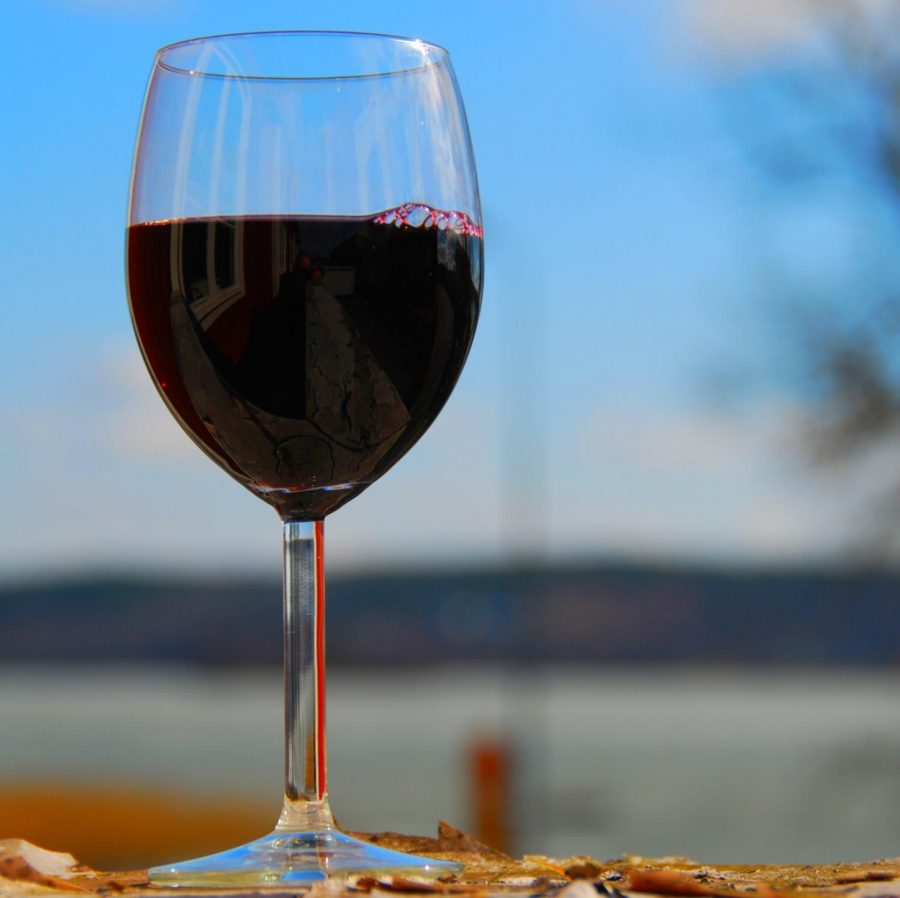


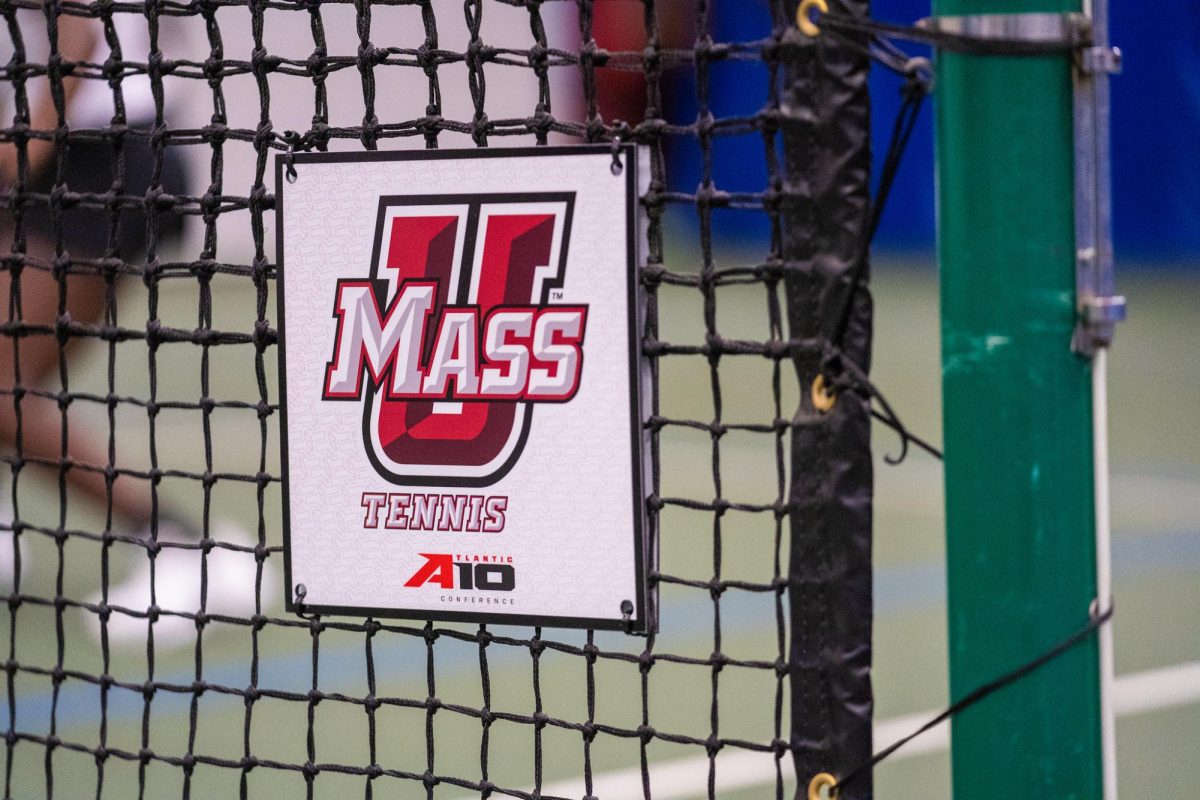
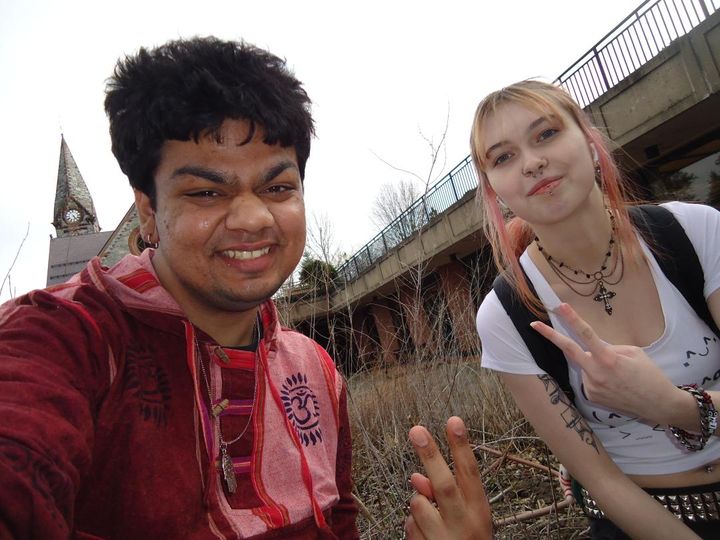
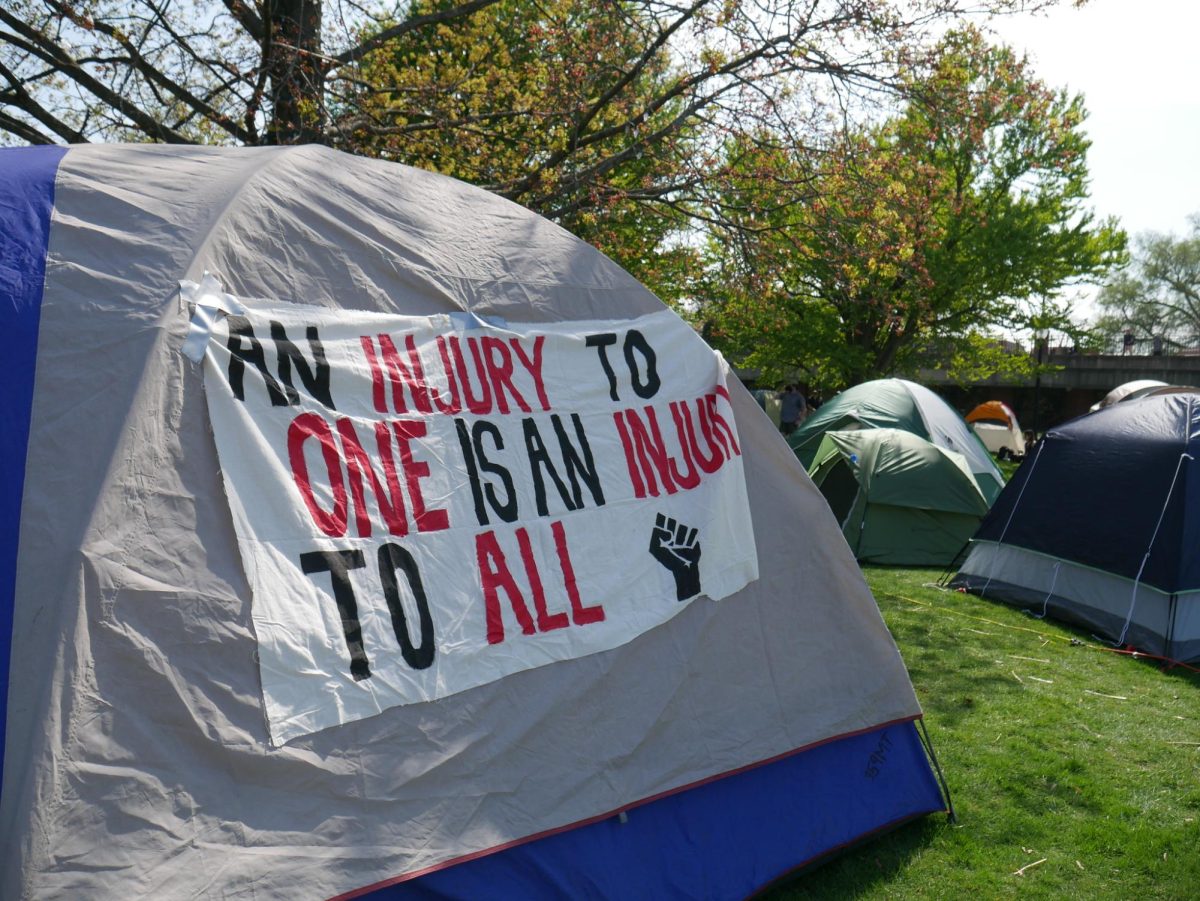
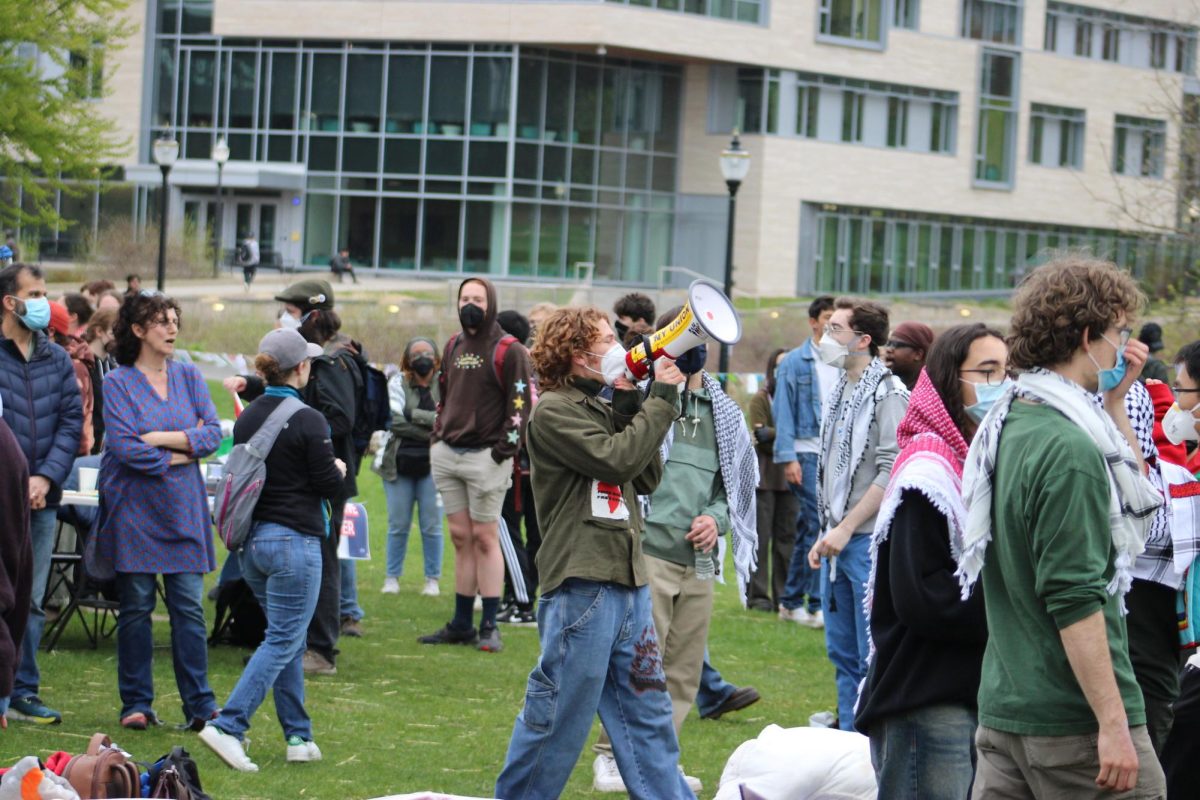
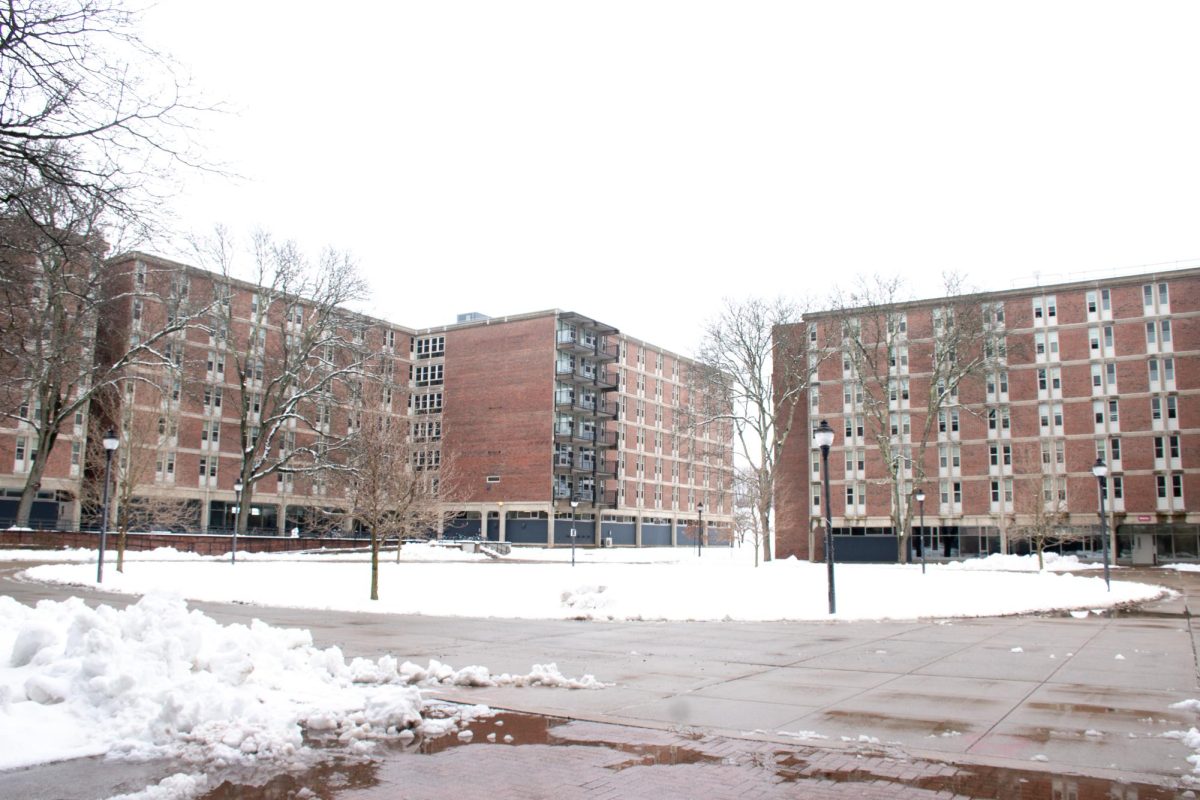

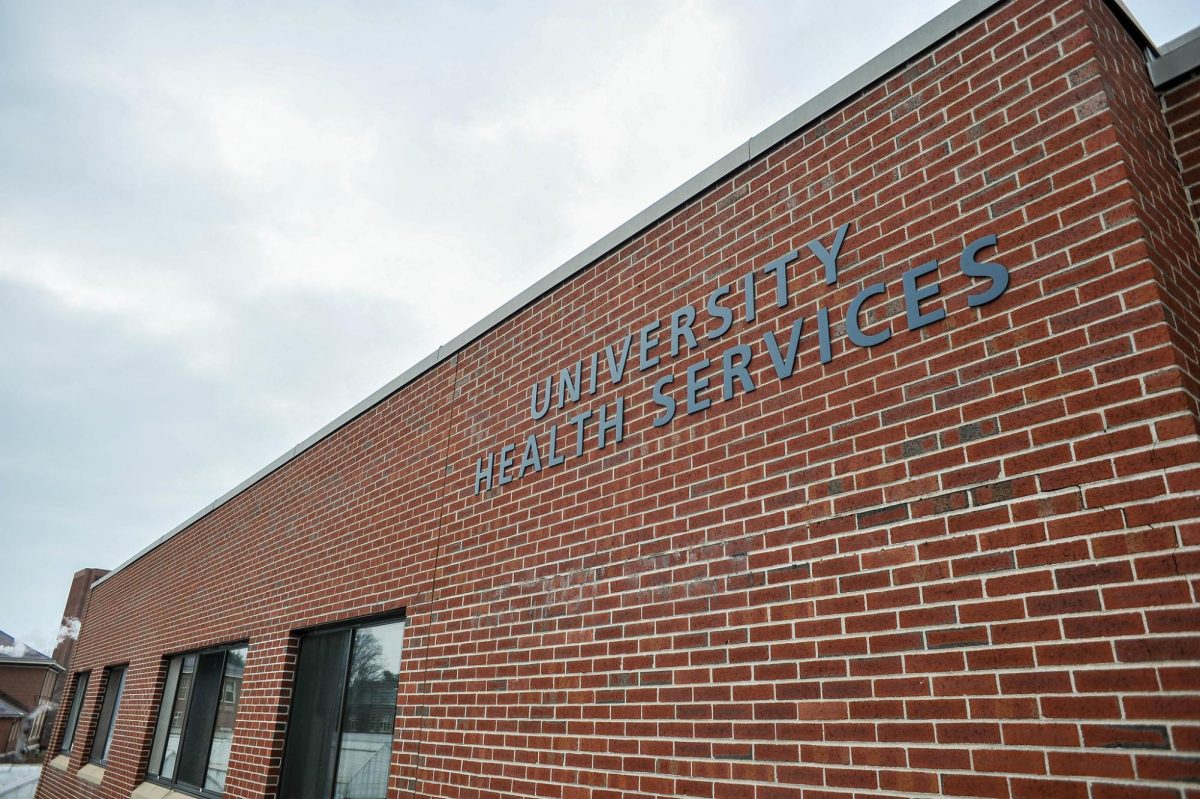



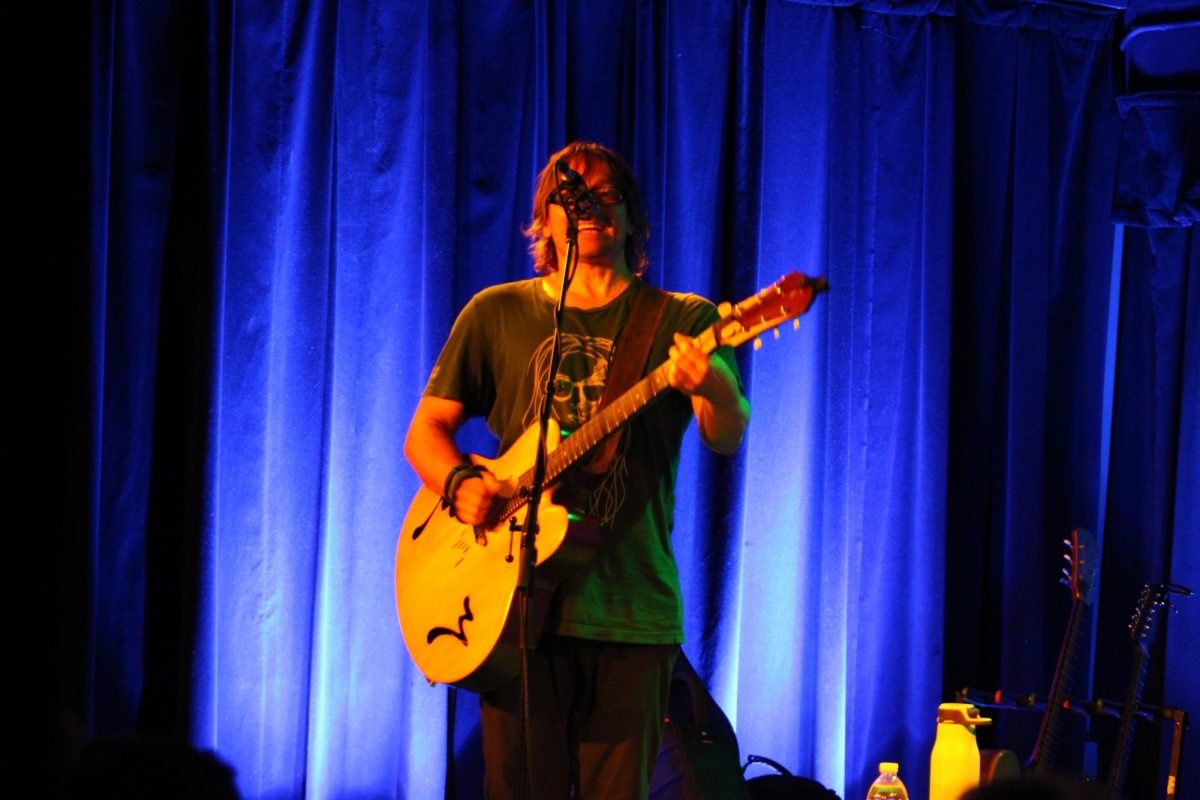
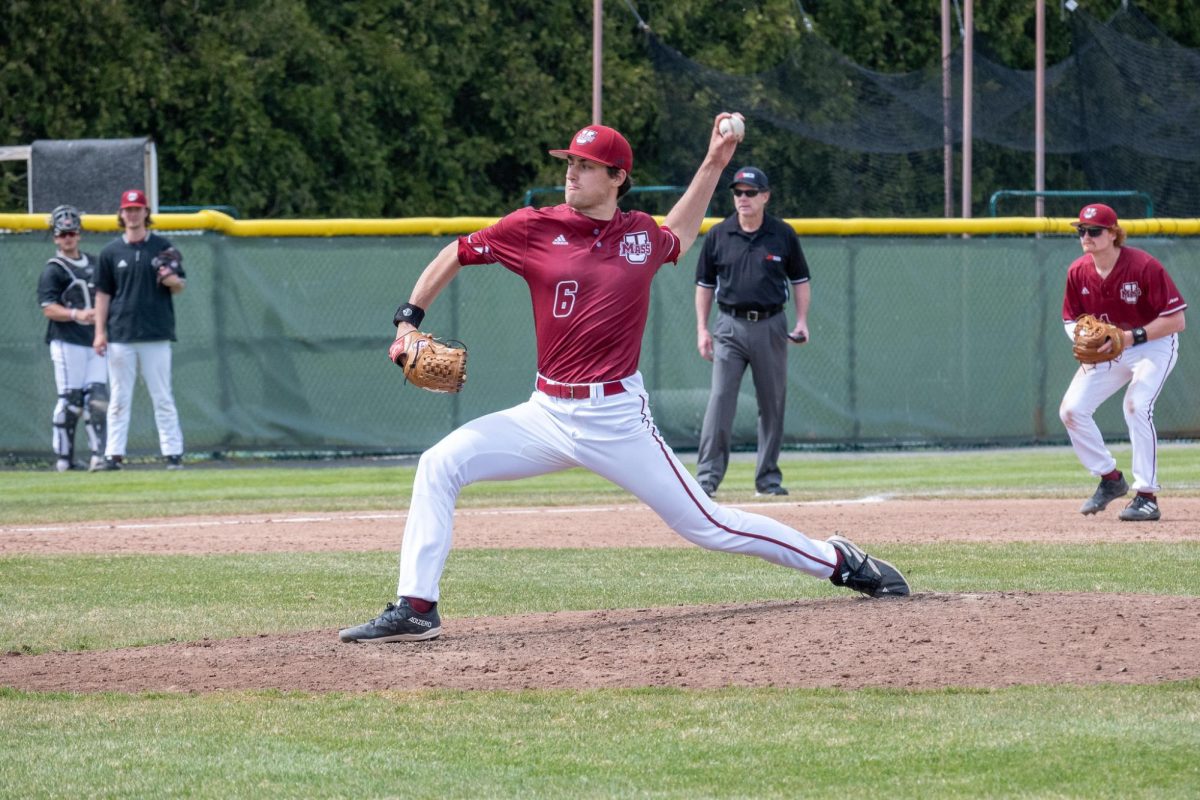
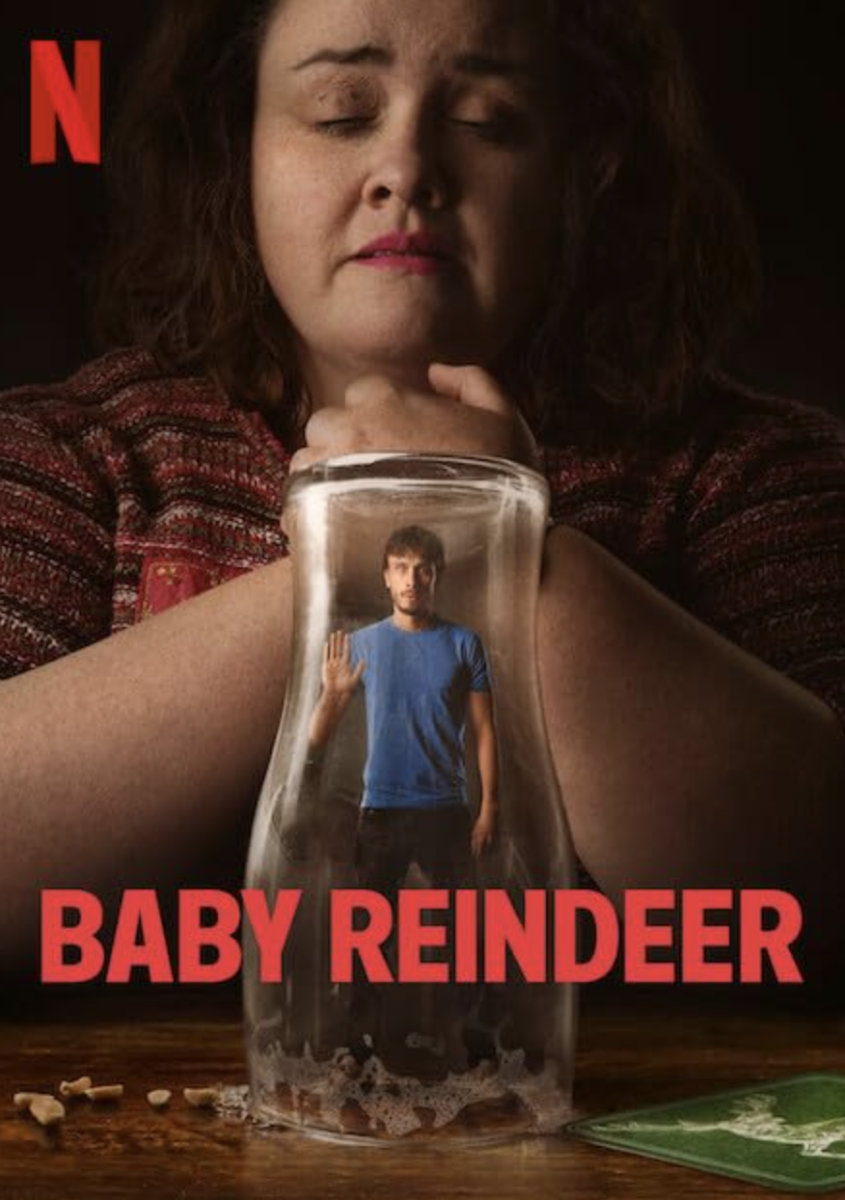



emma • Jan 25, 2019 at 9:04 am
At umass we don’t engage in soft sensitive wine drinking, we get drunk and wild.
ZOOMASS FOREVER!!!!
Sitting Bull • Jan 24, 2019 at 3:46 pm
It’s a shame that 0 research was put into this article. The premise is fine, but the conclusion far from accurate. A quick google search will bring up numerous studies and articles demonstrating that Europeans are even more prone to teenage binge drinking than Americans, that liver cirrhosis deaths are significantly higher, and that Europeans generally have a far more liberal definition of drunken-ness and what constitutes alcoholism.
It turns out that everything from booze to social media should be out of the reach (and sight) of adolescent children before the age of 16. Habitual drinking in front of your children, even in moderate amounts, can be very harmful to the messages they receive about what is acceptable. Binge drinking culture emanates from home life, newfound freedom and previous repression. Europeans live at home much longer than Americans do, so they do a lot of things in public (sloppy PDA, young teenage drunken-ness) that American kids don’t do until they are on their own. Binge drinking is problematic primarily because it leads to bad decision-making (e.g. driving, being a daredevil, putting oneself in sexual situations) that can be harmful to your life and others. Not to mention the health effects of doing so long-term, which people all over the world do. People who habitually binge drink have the same insecurities and psychological problems as those who use any other number of mind-altering substances and those who are addicts. I know people who are in really bad shape in their 40s because they just “love to drink” and do not see their “moderate” drinking as problematic. In your late teens and early 20s you can chalk this stuff up to being “crazy” and “experimental” but the truth is everyone is just trying to be as cool as the next person and basically is faking it til they make it. Sadly, a large percentage of the population stays stuck in this adolescent mindset and hold themselves back from being the people they could have been.
amy • Jan 24, 2019 at 9:04 am
Who writes an article at a college about drinking being uncultured?? And also encourages drinking … “If parents won’t teach their kids how to drink, then who will? ”
It’s also hilarious that the author takes this so seriously. Also no doubt this person is a liberal(you can tell by their snooty attitude and obsession over ‘education’ even regarding getting sloshed), liberals often have some haughty opinion of themselves and see europe as so much more ‘cultured’ while in reality themselves being very crude.
Isn’t it liberals who wear pussy hats? Isnt’ it liberals who usually wear grungy hippie clothing? Isn’t it liberals who tear down beauty and worship what is ugly and say things like. .. but really what does beauty even mean or what is normal? Isn’t it liberals who are always using the F word or some other profanity? Isn’t it liberals who always bringing up taboo and uncomfortable topics nobody wants to discuss in public? Isn’t it liberals who worship and adore what is uncivilized and uncultured from crime to primitive cultures?
If anything liberals on our campus and in our country need to learn how to be cultured.